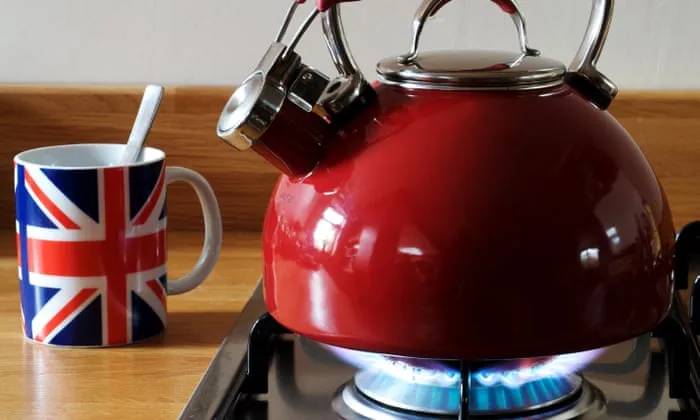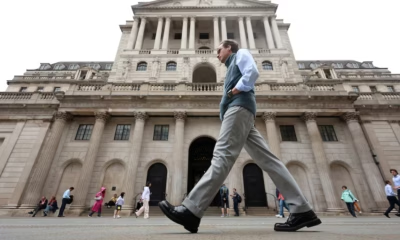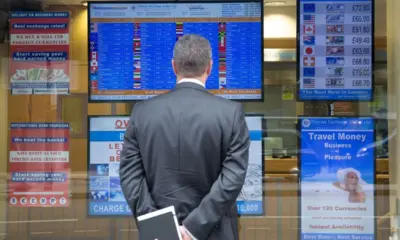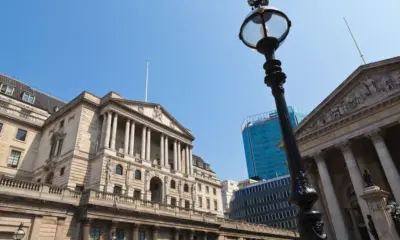Business
Bank of England unveils inflation mascot shaped like a tea kettle

Introduction
The Bank of England has officially unveiled its newest public education initiative: an inflation mascot shaped like a tea kettle. Named “Steamy,” the mascot is designed to explain rising prices to the British public through parades, school visits, and TikTok videos. Critics argue that the initiative trivializes a crisis that has pushed households to the brink, while supporters insist that simple symbols are needed to make complex economic trends accessible.
The birth of Steamy
According to insiders, the Bank of England’s communications team spent months debating how to personify inflation. Initial proposals included a shrinking shopping basket and a grumpy pound coin. In the end, they chose the kettle, arguing it reflected the rising cost of energy bills and Britain’s cultural obsession with tea. The mascot costume, revealed at a London press conference, features a smiling silver kettle with steam puffs emerging from its spout.
Public response
The launch drew immediate attention across the country. Some applauded the creativity, saying that a lighthearted mascot could help children and young adults understand abstract economic concepts. Others mocked the idea, pointing out that many households can barely afford to run their real kettles as energy prices soar. Memes spread rapidly, with users editing Steamy into scenes of burning toasters and overpriced grocery aisles. One viral post showed Steamy holding a sign reading, “Everything costs more, cheerio.”
Explaining inflation through mascots
The Bank insists that Steamy will simplify discussions of monetary policy. Officials argue that when inflation rises, so does the “pressure in the kettle,” while rate hikes are framed as “turning down the heat.” The mascot is expected to feature in educational videos where Steamy explains why a pint of milk costs more today than it did last year. The initiative will also see Steamy making appearances at schools, handing out pamphlets on household budgeting.
Context and implications
While the mascot has sparked ridicule, it highlights the challenge central banks face in communicating with the public. Economic jargon often alienates people who feel the effects of policy decisions most directly. A relatable symbol can create awareness, though it risks being seen as patronizing. Analysts suggest that the Bank of England is borrowing from strategies used in Japan and the United States, where mascots and cartoons have long been deployed to explain fiscal policy. The question is whether humor will help rebuild trust or deepen cynicism.
At the same time, critics argue that focusing on mascots distracts from deeper issues. Inflation in Britain has been fueled by supply chain disruptions, energy shocks, and currency weakness. For many households, rising prices are not a story to be softened with smiling kettles but a lived reality of choosing between heating and groceries. The mascot may succeed in capturing attention, but it risks making light of genuine hardship.
Conclusion
The unveiling of Steamy, the inflation kettle, places the Bank of England squarely in the meme economy. By transforming a financial crisis into a character costume, it has invited both laughter and criticism. Whether the initiative will help demystify monetary policy or simply become the subject of endless parody remains to be seen. For now, the mascot stands as a reflection of Britain’s unusual blend of humor and hardship, where even inflation must be explained through tea.




















